There are many points to check before you launch a website, which makes it very easy to forget something.
1. Review content and contact information
This is not web design work per se, but if you are a web designer who works directly with the client for content, it becomes your responsibility to check that he’s be proofreading his website.
Bad content will hurt a website even more than bad design, and I’m not even mentionning how wrong contact information can make you lose money.

2. Validate CSS and HTML
Validation is not mandatory to publish a website, but it does show that you are a real web professional. It also works as a debugging tool that makes future maintenance much easier.
To validate your sites, you can use the W3C Markup Validation service or use the web developer toolbar‘s deditated tool.

3. Pages display well on all browsers
The browsers offering is not as bad as it used to be, but there are still some tricky details in your web designs that can break down when you test on another browser.
There are great tools for that, you can check out these.
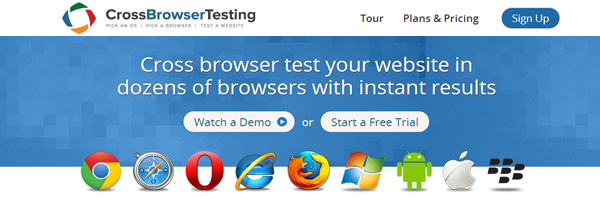
4. Responsiveness
About one quarter of all website visitors are not on mobile device, whether it’s tablets or mobile phones. The share is even bigger for some websites, and it keeps on growing.
With that evolving market, it’s not impossible to ignore it and not have a responsive website. With modern frameworks like Foundation, it’s very easy to make your website responsive, so you have no excuse.

5. Forms are working
Forms that don’t work on a website launch is really a nightmare scenario. Visitors can discover your fancy new website, but can they place an order or contact you?
So don’t be that guy that can’t take order when launching the site, double-check everything thoroughly.
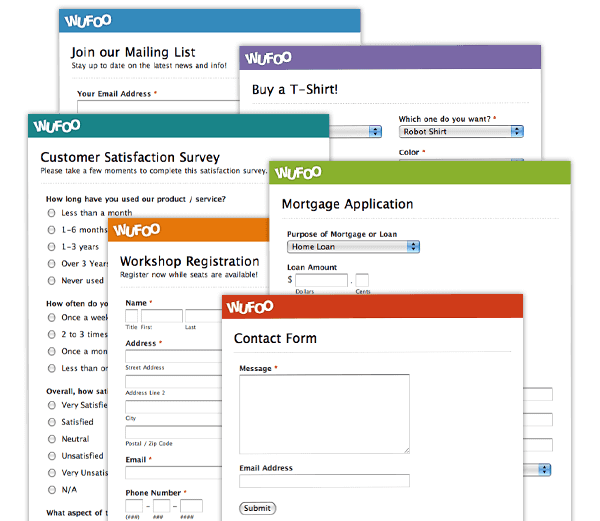
6. Your analytics are installed
Launching a website, when properly done, can be a critical moment for your business. It is important that you can track how efficient your marketing efforts were, but also your conversion rate and traffic sources.
Don’t miss out on this and make sure you install Clicky or Google Analytics.
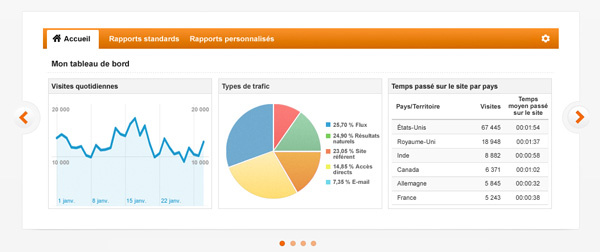
7. Google Webmaster Tools is set up
Google Webmaster tools is one of the most overlooked resources by website owners. It helps you with many things regarding Google, such as your rankings on keywords, page speed, and much more.
Google will communicate on very important topics through this medium, if it has problems indexing your site, found that your site was hacked, or if your site has some big speed issues.
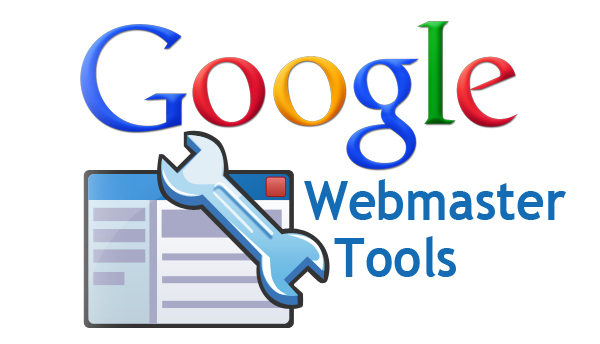
8. You have a backup system
As a professional, or simply as someone who invested a lot of time in working on a site launch, you need to make sure that you won’t have to redo the work.
If your site is updated frequently, it is important to have an automated system that will keep a backup of your files and databases. For WordPress sites, Blogvault is an excellent option.
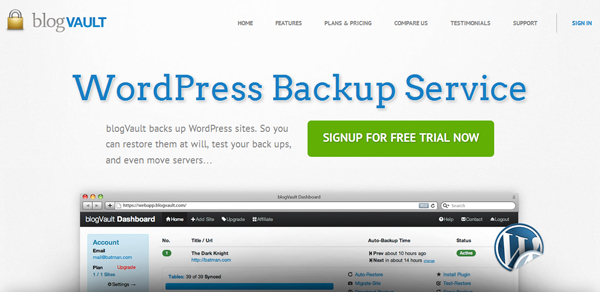
9. Your site is secure
It’s hard to stay 100% secure online, but you should do everything in your power for that. This checklist is a good start if you are looking to make your site more secure.
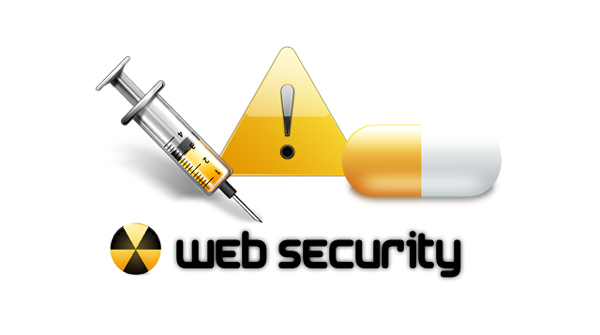
10. Your 404 page is ready
This one is not as important as the other points in this list, but make sure that you have a 404 page ready. If you have any URL issue or page that doesn’t work, you should create a useful 404 page.


